
Level Up Your 5E D&D Game with Evocative Descriptions
I play Dungeons & Dragons three times a week. On Tuesdays I play with the gang on Nerdarchy Live. On Wednesdays I play in my home game with my chosen family and every other Thursday I play with my author friends on Quill & Sword. Having played so much 5E D&D I’ve learned that descriptions are utterly vital. Dungeons & Dragons is a type of theater of the mind. You and your friends share a story experience much like a play or a movie except the experience is different for each person because there are no screens or stages — only your imagination. As such, Dungeon Masters must take a role similar to an author. They craft stories with descriptions to help their audience (in this case the players at the table) to envision what’s happening.
Describe what’s most important first
Describing things can be a daunting task, and not all people are naturally creative with words in the same way. I’m a firm believer that describing things — much like drawing or other art forms –– is a skill that can be fine tuned. This means you can be absolutely terrible when you start but with time and practice you can become a master storyteller.
When leading a theater of the mind experience it’s important to understand not everyone envisions things the same way and this is a good thing! The audience (in this case the players) fill in gaps that matter most to them, building their own version of the experience. This helps players immerse themselves in the story elements and setting you’ve presented
Throughout the game players often ask questions about the setting. Sometimes they ask about surroundings and other times they ask about a bit of lore or about a metaphysical experience. These are attempts by the players to seek clarity. We’ll get back to players asking for clarity in a bit.
The first responsibility for descriptions the DM must do is to set the scene. Setting the scene is the characters’ introduction to their surroundings. It sets the mood for their understanding of the story’s context. Thinking about the world and surroundings as context for the story can really help fuel your descriptions. If the story you’re telling is a picture, the world is the frame. Make a point to describe the most important aspects of the scene first.
If you’re not sure what’s most important then ask yourself if anything foreshadows danger or significance to the characters. If there is something a particular character would more readily notice either due to a special sense, their past or some other significance to them, make a point of calling out this character and giving them the description.
I often like going around the table and offering each character their own detail they’ve noticed about their surroundings. This clues the players into the fact I’m paying attention to what’s important to their characters.
Sharing something a character would know based on their culture, history or similar aspect also helps build the world. This method engages the players and makes them feel special. Further, it encourages the party to work together or offers an opportunity for players to pointedly keep information from others. All of these things open the door for players to share something about the world, the immediate surroundings or their individual characters.
Describe what players ask about
Players often seek clarification about a setting. They might ask about specific objects or creatures. They might ask about moods and tones, or about other things their characters might perceive. If a player asks if there’s a chandelier, a simple “no” might feel like you’re shutting the player down or disregarding their question. However, if your player asked about a chandelier, something about your description clued them into asking about lighting.
Instead of answering with a curt “no,” try offering an explanation of what object or feature did offer light, so a chandelier is unnecessary. If there is no apparent method of lighting the location this is also conspicuous and should be noted when the player asks about the chandelier.
Players asking questions as the DM answers them is more than a back-and-forth conversation. It builds the narrative in a special way, unique to theater of the mind. While plays have backdrops and props, movies have entire set pieces or illustrations. Your D&D game probably doesn’t have many of these, and as such you need to supplement these elements of experience with evocative descriptions.
Describe things evocatively
When it comes to the art of language, English thrives on specificity and quirks. Often, you can excuse breaking traditional rules of grammar for sake of expression. For example, the word “steeple” is a noun (a person, place or thing). However, if you describe someone as “steepling their fingers,” you’ve evoked an image of a person touching the tips of their opposite fingers in front of them, making the shape of a steeple.
Taking words traditionally used one way and twisting their usage grabs the players’ attentions and draws them into the narrative. When it comes to other methods of description, opt for specificity. Instead of saying the stew at the inn is good, ask what about it makes if good in your opinion. Maybe the stew is meaty, hearty or possesses a subtle spice that builds with each bite.
In general, I try to avoid using subjective language like “good,” “bad,” or “ugly.” Often subjective language is a matter of perspective. What’s good to one person might be bad to another. What one person finds ugly, another might find beautiful. There is an exception to this rule, though — enchantment magic.
When a creature is enchanted by a spell or another effect I lean heavily on subjective language, allowing the player to fill in what this means, because the nature of enchantment magic itself skews the perceptions of the target, often affecting the mind. Using objective language to describe what’s happening in the mind of the character strips the player’s agency from their character in a special and terrible way, because it canonically alters how that character thinks, something only the player of the character themselves truly knows.
This is also why I avoid using subjective language for sensations and surroundings. I can tell the player what their character experiences but I cannot tell the player how their character interprets those sensations or experiences. For facts about the world, setting details and objective elements of the story I rely primarily on objective descriptions. When the player reacts to these it allows them to reveal more about their character.
Going back to the stew example, instead of describing the stew as “good” or “bad” I would advise describing it with words like rich, complex, hearty, savory, spicy and so forth.
Onomatopoeia is your friend
Onomatopoeia is a fancy word for “sound words.” Words like “slurp,” “whistle,” or “caw” have a sort of mouth sound that mimics the actual sound conveyed when you speak the word. These can be extremely evocative.
If you describe a “slurp” that usually evokes a sensation of looseness, wetness and has a connotation of relation to food (at least to me). Describing noodles as being “slurped,” tells you the noodles are probably wet or covered in a sauce. It also implies a certain lengthiness.
However, in our Nerdarchy Live game of Ashes of Ardor the other night, I described a black pudding as “slurping” when I conveyed movement, and I described it as “syrupy,” a word seldom used to describe inedible things. Describing something inedible as “slurping” almost always evokes discomfort, which was my goal in this case. It was the special kind of unpleasant that sends a chill up the spine while giving a clear picture of fluidity.
Think about what words you can choose to give your descriptions nuance and specificity. Think about what words you can use to describe things in a way that effectively communicates what you want then offers a degree of context other words don’t accomplish in the same way.
What do you think?
You’re going to mess up when you start doing this. That’s healthy. We all struggle with descriptions at times, especially when we’re first thinking about how to describe things in theater of the mind. This is how we grow as storytellers. If you stumble or choose the wrong word, correct and move on. Clarify and don’t dwell on the slip up.
Hopefully I’ve inspired you to pay attention to how you describe things in your D&D games. If you got something out of this then please leave a like and a comment. You can also tweet @Nerdarchy or connect with us on Facebook and share a story about a time you or your DM gave an especially powerful description. We’d love to hear from you!
*Featured image — Evocative art and imagery can help players and Game Masters experience greater immersion for an RPG campaign too! [Art by Olie Boldador]




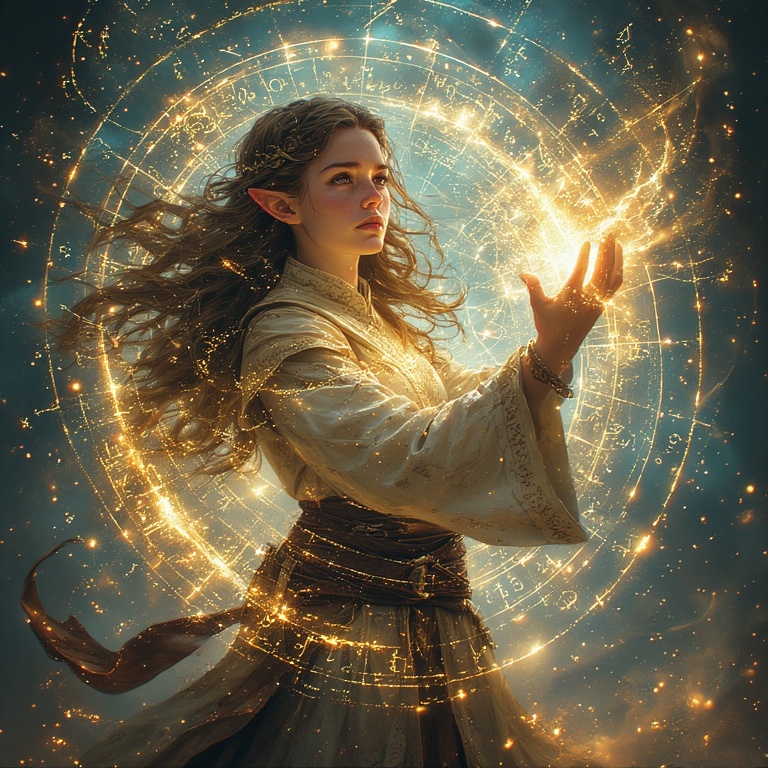
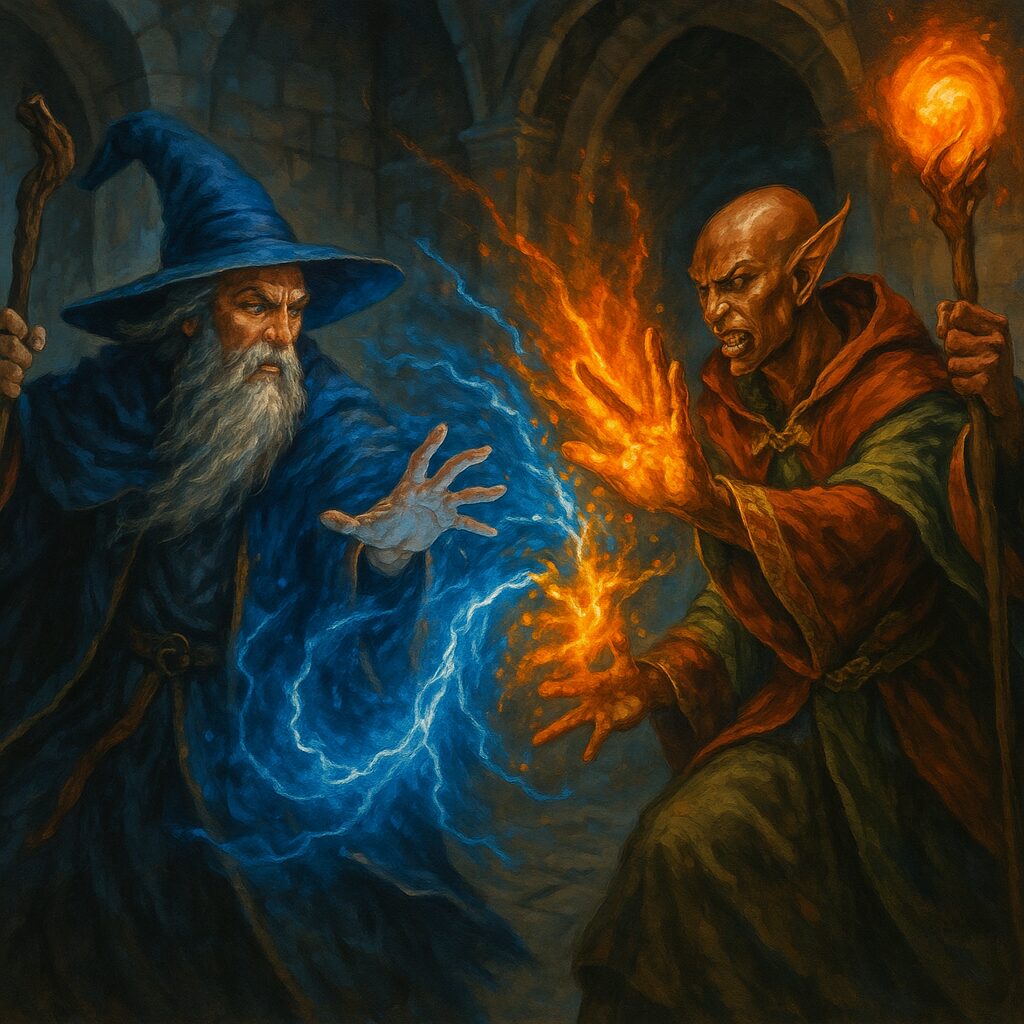
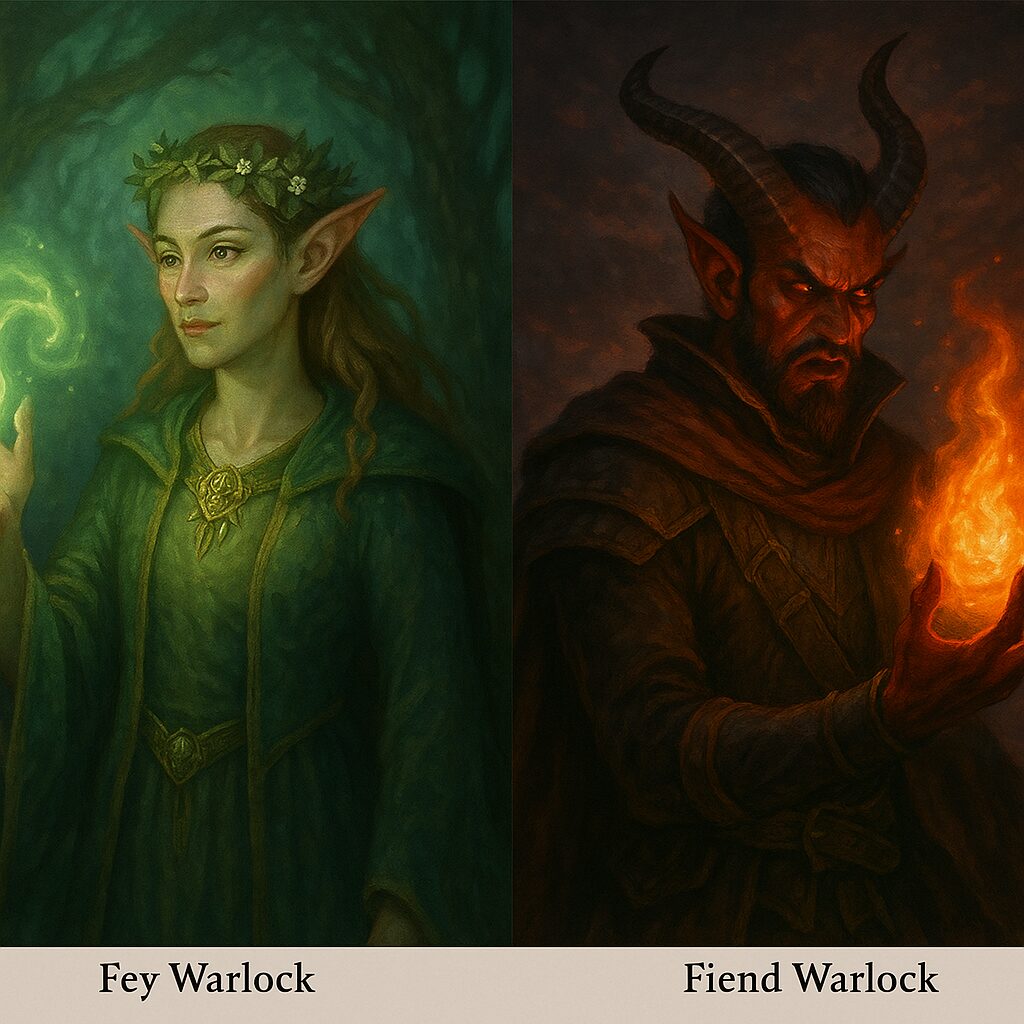
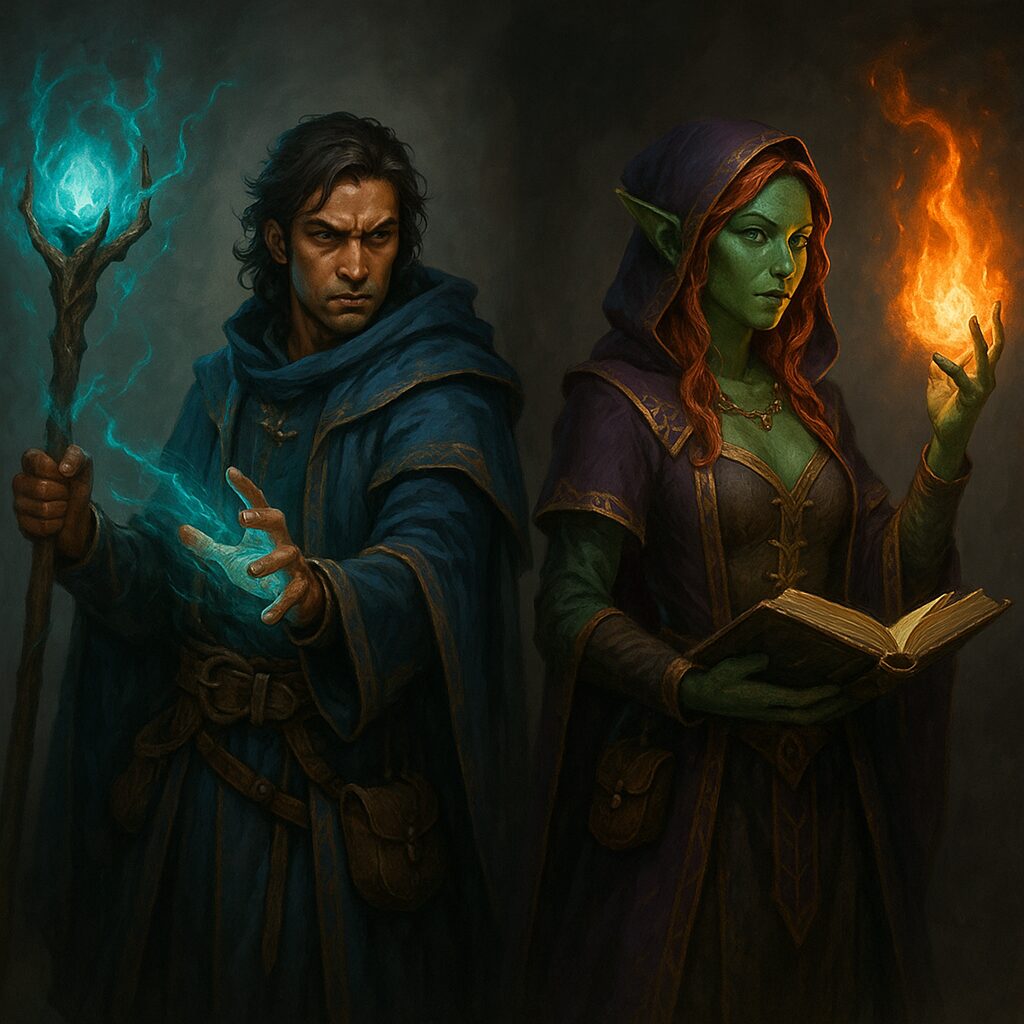
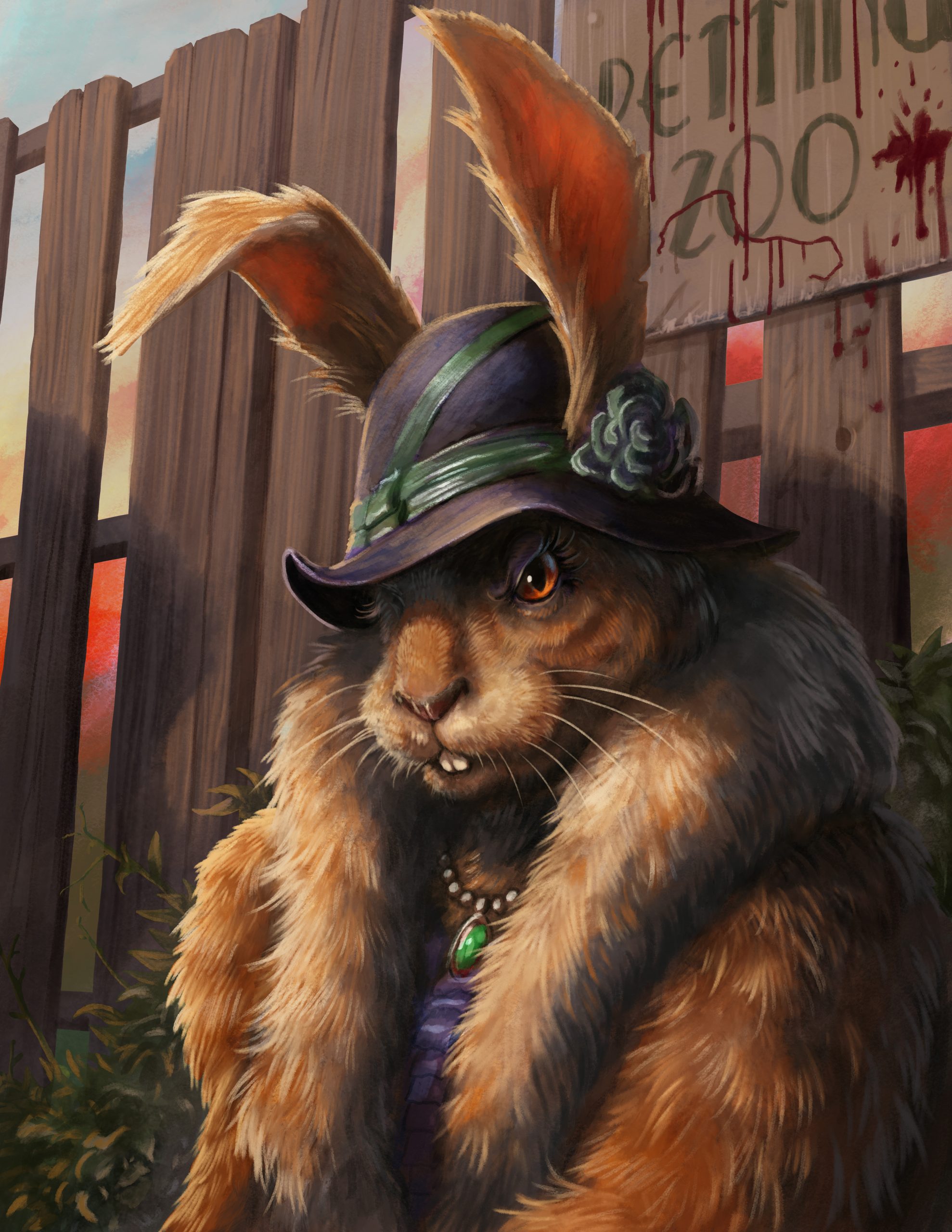
No Comments